Can physical therapy help neuropathy?
Peripheral Neuropathy refers to a condition that affects your nerves. The number of nerves affected, type of nerve cells affected and the process that affected the nerves are the main factors. These factors can affect the severity of PN. They may include motor (movement), sensory (touch), and/or autonomic issues (nervous system).
A vital role is played by physical therapists in helping people with PN to improve and maintain their functions. Your physical therapist will help you develop a treatment plan that addresses your needs and goals.
The approach to care for PN will vary depending on the type and cause. These are some of the recommendations and services that your physical therapist might offer:
- Activities that involve nerve gliding. Nerves need movement, blood and space to function properly. It is possible to reduce symptoms of PN and promote healing and nourishment of your nerves by moving and “gliding” your nerves. You can ask your physical therapist to show you how to move and glide nerves.
- Moderate-intensity exercise. To improve strength and function, your physical therapist might recommend moderate intensity exercises.
- Balance and coordination activities. Your physical therapist might suggest strategies to improve balance and coordination. Your risk of falling can be reduced by improving your balance and coordination.
- Bracing. Bracing may be recommended by your physical therapist for nerve injuries. Braces are used to protect nerves and to aid in movement.
- Education. Your physical therapist will teach you how to manage PN safely. Your individual needs will determine the extent of your education. It may be focused on safety, preventing complications or finding other ways to do certain tasks.
See all of the treatments we offer by visiting our website!
What’s Neuropathy?
Peripheral Neuropathy (PN) is a condition that affects the nerves in the body. It can cause pain, sensation changes, and changes in muscle activity. Other diseases such as diabetes, overuse, or bodily injury can also cause PN. It can also occur as side effects of certain medications like chemotherapy. Some types of PN can improve with time. Others do not. A physical therapist may be able to help with PN symptoms.
Neuropathy Symptoms
Understanding the symptoms of PN is important. We must first understand how nerves influence 3 main functions. All of these functions may be affected by PN.
- Sensation.
- Motor function (movement).
- Function of the autonomic (nervous) system.
People with PN can experience symptoms depending on where and what type of nerve they are involved.
- Numbness and tingling are most common in the feet and hands. It may spread to the legs.
- Sensitivity (the ability to feel contact with objects outside) is lost or absent.
- Pain is often described as “electric-like”, sharp, burning or sharp.
- Sensitivity to light touch is increased
- In the affected limb, clumsiness or reduced coordination
- Paralysis or weakness in the affected muscles or body parts.
- Bowel and bladder problems ( incontinence). These functions could be affected by the nerves.
- Temperature intolerances.
- Diminished balance.
- Falls.
- Poor wound healing.
- Excessive sweating or skin dryness.
- Skin that is pale or flaky.
- Normal nail growth.
- Participation in normal functional activities is reduced.
If you feel any of these symptoms, please contact one of our specialists.
Neuropathy Treatment in Our Area
- Strengthening Exercises – People with peripheral neuropathy may benefit from strengthening exercises. Exercises to improve peripheral neuropathy may also reduce neuropathic pain, and help with blood sugar control. Your physical therapist will help you create a program that is appropriate and effective for peripheral neuropathy.
- Balance and coordination activities. Your physical therapist will devise an exercise program that will improve your coordination and balance, thereby reducing your chance of falling.
- Nerve gliding exercises, movement- Nerve glide is a therapy that improves the function of your nerves. Certain movements that “glide” or move your nerves can often promote nerve healing and decrease pain associated with peripheral neuropathy. You can get “nerve gliding” exercises from your physical therapist.
- Balance and coordination activities. Your physical therapist might suggest strategies to improve balance and coordination. Your risk of falling can be reduced by improving your coordination and balance.
Click here to see how physical therapy can help!
Contact our Area specialists
Movement experts are physical therapists. Physical therapists improve the quality of your life by providing hands-on care, education and prescribed movement. For an evaluation, you can call one of our physical therapists.



